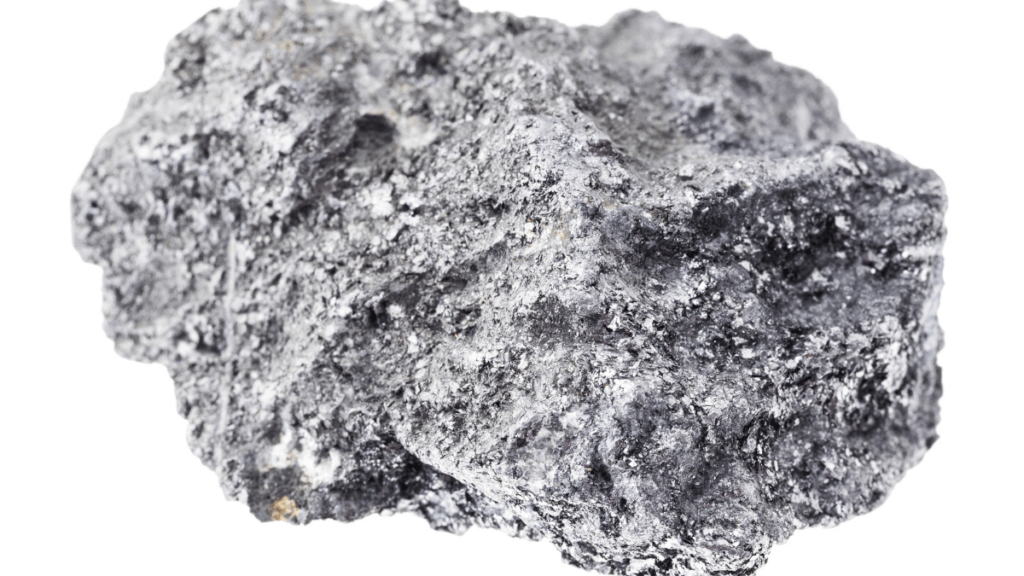
Fuel cells have become a viable eco-friendly power source, and advancements in the technology continue to be made. Today, fuel cells are already used for primary and backup power for commercial, industrial, and residential buildings. However, fuel cells are also used to power a variety of vehicles, including forklifts, cars, buses, boats, motorcycles, and submarines. As fuel cell technology improves, the importance of using high-purity graphite in fuel cells’ bipolar plates, gas diffusion layers, and catalysts is becoming increasingly evident.
As the electric vehicle (EV) industry grows, driving range has proven to be a major challenge. Fuel cells can be used in both stationary and mobile applications, although the latter requires access to a refueling station. However, standard electric vehicles are still much more limited by their batteries. This is not very practical in many commercial applications where vehicles cover vast distances, or in countries which are less densely populated and have long driving distances. Fuel cells can deliver electrical power at driving ranges comparable to gas or diesel engines. Therefore, fuel cells are frequently used in mass transportation/buses, for example in China and North America, particularly in fleet-type applications where vehicles return to a central point each day. Fuel cell buses operate in a number of US states, and also in the UK.





